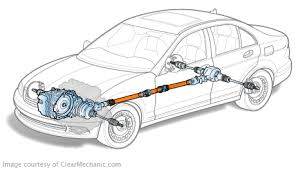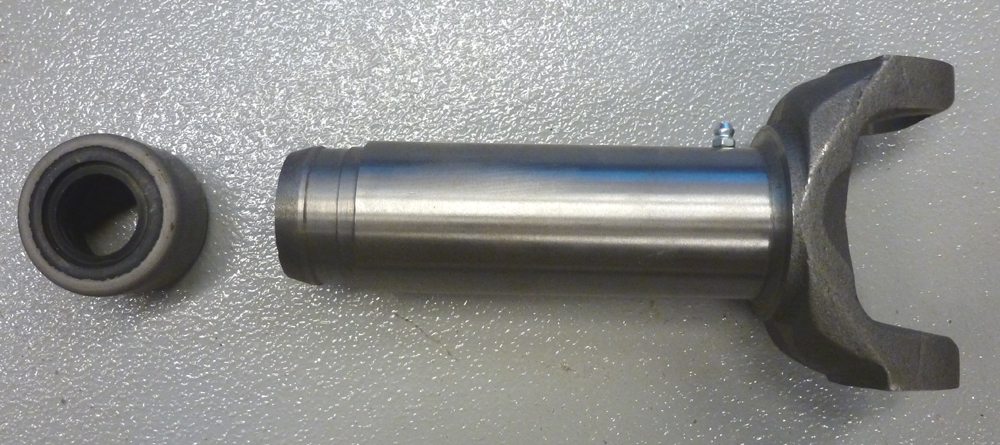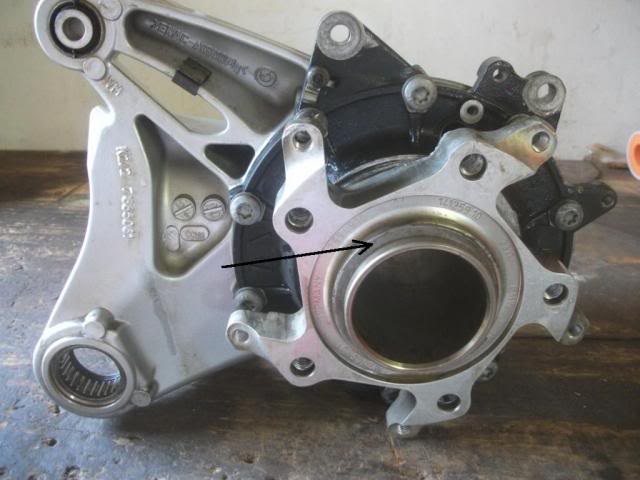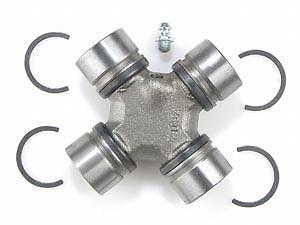Blog

Why do you need a drive-shaft in your car?
A car's engine cannot power all of the wheels alone. In a front-wheel drive vehicle, for example, the engine under the hood of the car cannot reach the rear wheels. It is therefore connected under the hood to a transmission, which then must be linked to the car's rear axle via a long drive shaft running the length of the car.
This drive shaft, sometimes known as a propeller shaft, is connected to the final drive of the transmission, sometimes called the differential, located on the rear axle. This rear differential is responsible for redirecting the engine's force 90 degrees each way, to the opposing rear wheels.
It also allows the wheels to turn at different speeds. The shafts running from the rear differential to the back wheels are sometimes known as half shafts, but are technically also drive shafts since they drive the turning motion of the wheels. The drive-train mechanism, which includes the drive shaft, is a complex part of any car. The terms used to refer to its parts vary depending on make, model and mechanic. The basic function of any drive shaft, regardless of its name or location, is to transfer rotational power across distance under the car.
The most common style of drive shaft is composed of four main elements:
the front yoke

the shaft,
the rear flange

two U-joints.

The rear flange is typically bolted to the differential, while the front of the shaft usually incorporates a slip yoke that meshes with teeth on the
transmission's output shaft. The U-joints allow for flexibility to prevent binding and shaft damage under most normal driving conditions. Drive shafts are commonly made from mild steel and must be balanced to prevent wobble that could lead to premature U-joint failure, damage to the yoke or flange, or damage to the output shaft of the transmission.
The most common maintenance needed is greasing or replacing the U-joints. Older vehicles incorporate U-joints with a grease nipple that needs to be refilled periodically, but as of 2014 most vehicles use sealed, permanently greased U-joints. U-joint failure can be easily identified by a characteristic clunking sound typically heard at low speeds. U-joints should be replaced if they are making noise or if significant play is felt when the drive shaft is lifted or moved side to side by hand. For vehicles equipped with driveshafts, they are an important part of the drivetrain and any issues with them can greatly affect the drivability of the vehicle. As they are underneath the vehicle and connected to the transmission, they may be difficult to access and service on one’s own.
If you suspect that your driveshaft may be having an issue, have the vehicle inspected by a professional technician, such as one from Car Parts Nigeria, to determine if the driveshaft should be replaced or buy a new driveshaft via this link. http://carpartsnigeria.com/productdesc/1362
Posted on November 2016,01 // Author: Admin